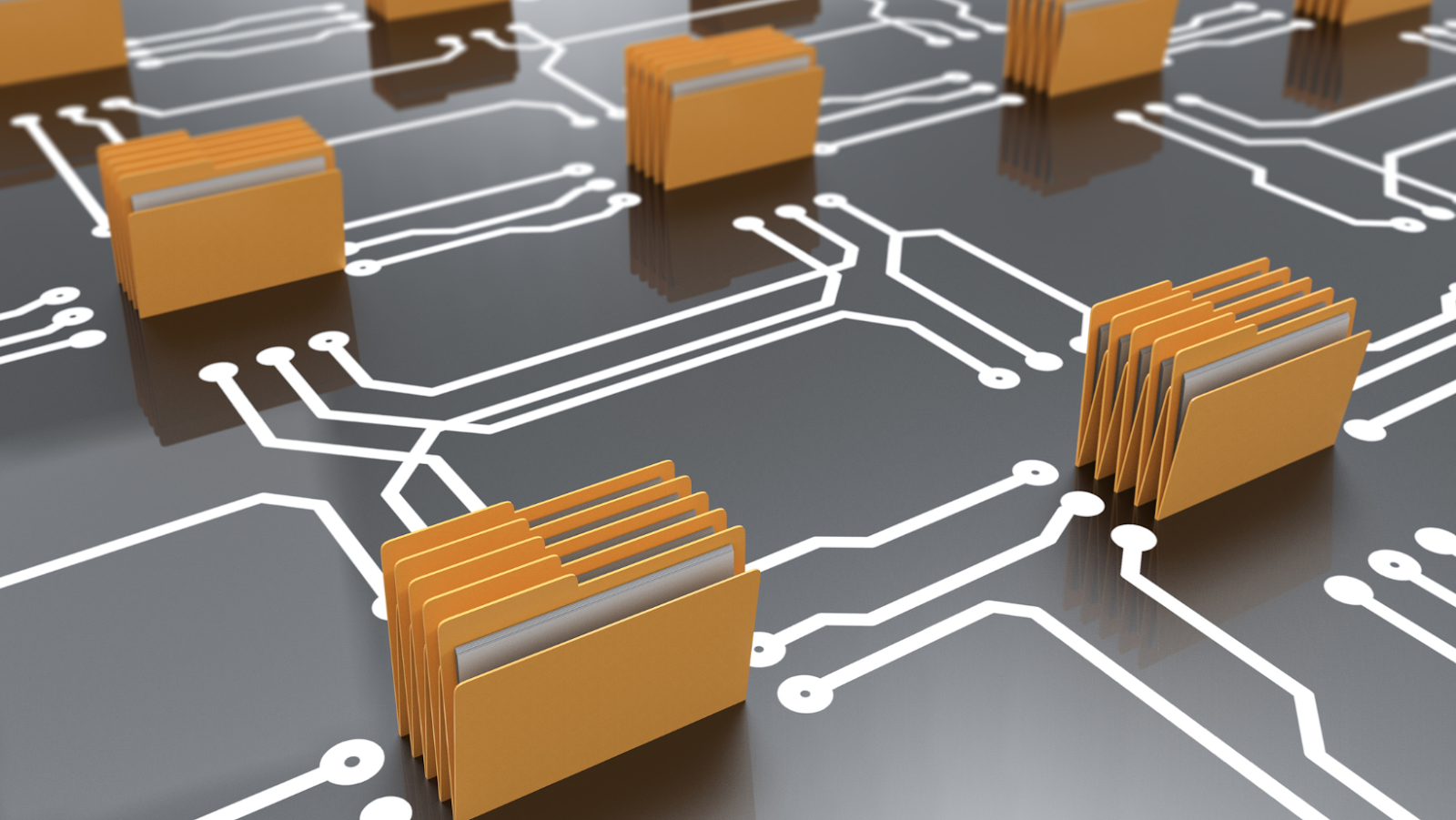Electronic Data Interchange (EDI) is a technology that enables two or more businesses to transfer information over a network without the need for a human interpreter. The benefits of EDI include the elimination of time-consuming and costly physical processes, increased efficiency, reduction in communication costs, and increased accuracy.
What Are The Benefits of Electronic Data Interchange?
There are many benefits of electronic data interchange, including faster, easier, and more efficient communication between businesses and their users. Here are five of the most important:
Faster: Electronic data interchange can often be accomplished through computer programs that take advantage of the Internet to speed up the process.
Easier: With electronic data exchange, it is often easier for businesses to communicate with their users than ever before. This allows for a greater level of customer service, which can save businesses time and money. You can get an idea of how EDI service work.
The first form of electronic data interchange was telephone call home. In this way, people could talk to family and friends without needing to leave their homes.
More efficient: By exchanging data electronically, businesses can reduce the need to print documents, faxes, and other forms of paper. This saves companies time and money. Expensive The cost of electronic data exchange is often higher than that of traditional paper-based systems.
History of Electronic Data Interchange: What Was The First Form of Electronic Data Interchange?
The first form of electronic data interchange was telephone call home. In this way, people could talk to family and friends without needing to leave their homes. However, the technology wasn’t perfect and had several problems. One problem was that it required a speakerphone which was difficult for some people to use. Another problem was that it took a long time for the call to be transferred. Finally, there was the issue of how people could communicate with each other over the phone if they were out of town.
Types of Electronic Data Interchange: What are the Different Types of Electronic Data Interchange?
There are many types of electronic data interchange, but the most common is electronic mail. Electronic mail is a type of communication that uses digital signals to carry messages between users. Some benefits of electronic data interchange include:
Reduced costs: When two teams of professionals can communicate electronically, they can save money on postage and other costs.
Choose the right technology: EDI software uses computers and networks to communicate with each other. There are a variety of technologies available, so it’s important that you choose the one that will fit your needs and your company’s infrastructure.
Eliminated timeouts and glitches: Errors and malfunctions can be eliminated when computers work together as a team.
Increased efficiency: When teams work together, they can make more efficient use of resources.

What Are The Steps to Using Electronic Data Interchange?
Electronic Data Interchange (EDI) is a system for exchanging computer data over a network. EDI has many benefits, including faster transactions, easier tracking of data, and less work for employees. EDI can be used to connect different departments in a company or to exchange information between different businesses. It can also be used to improve productivity by allowing employees to share important data more easily. There are a few steps you need to take in order to use EDI effectively:
1. Choose the right technology: EDI software uses computers and networks to communicate with each other. There are a variety of technologies available, so it’s important that you choose the one that will fit your needs and your company’s infrastructure.
2. Choose the right protocol EDI is a computer-to-computer protocol. This means you must use a technology that supports EDI, such as TCP/IP. The Internet allows for the integration of multiple systems and networks into one network.
3. Choose the right storage EDI uses a variety of file formats, such as ASCII and BIN files. It is important that you download your EDI software to your computer (if it doesn’t already exist on your computer) in order to connect to an EDI system.
4. Choose the right language EDI is a computer-to-computer protocol. This means that your EDI software should support multiple languages, either English or another language.

Conclusion
According to some of the best Rhode island marketing agencies, there are a number of benefits to using EDI for marketing research, customer service, and supply chain management. For example, by exchanging data quickly and easily, researchers can get a better understanding of customer needs. Additionally, by exchanging data directly between systems, companies can save time and money on communication resources. In addition, using EDI can help to ensure accurate and timely records of events. By sharing data effectively and efficiently, companies are able to improve their overall business processes.














